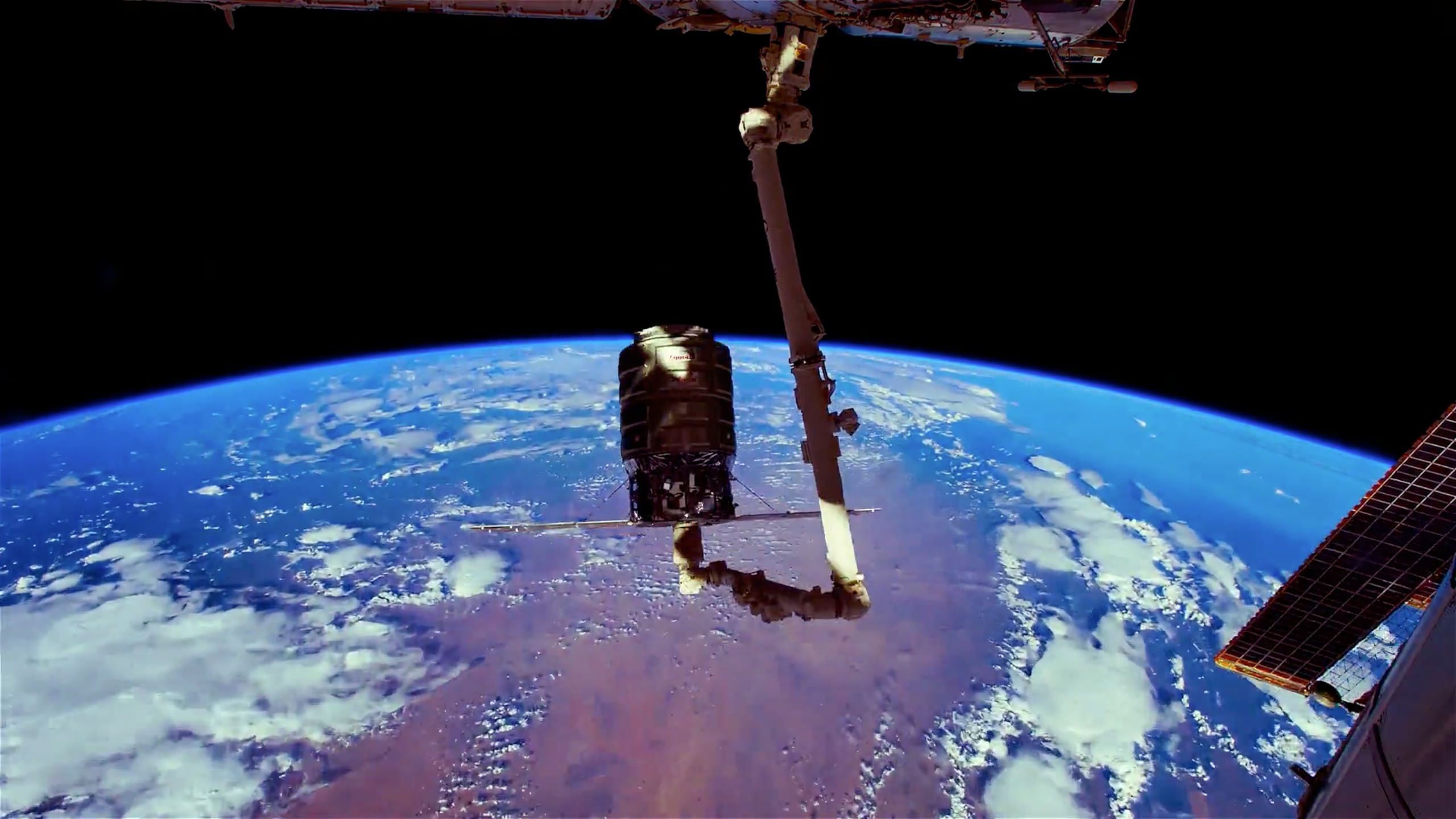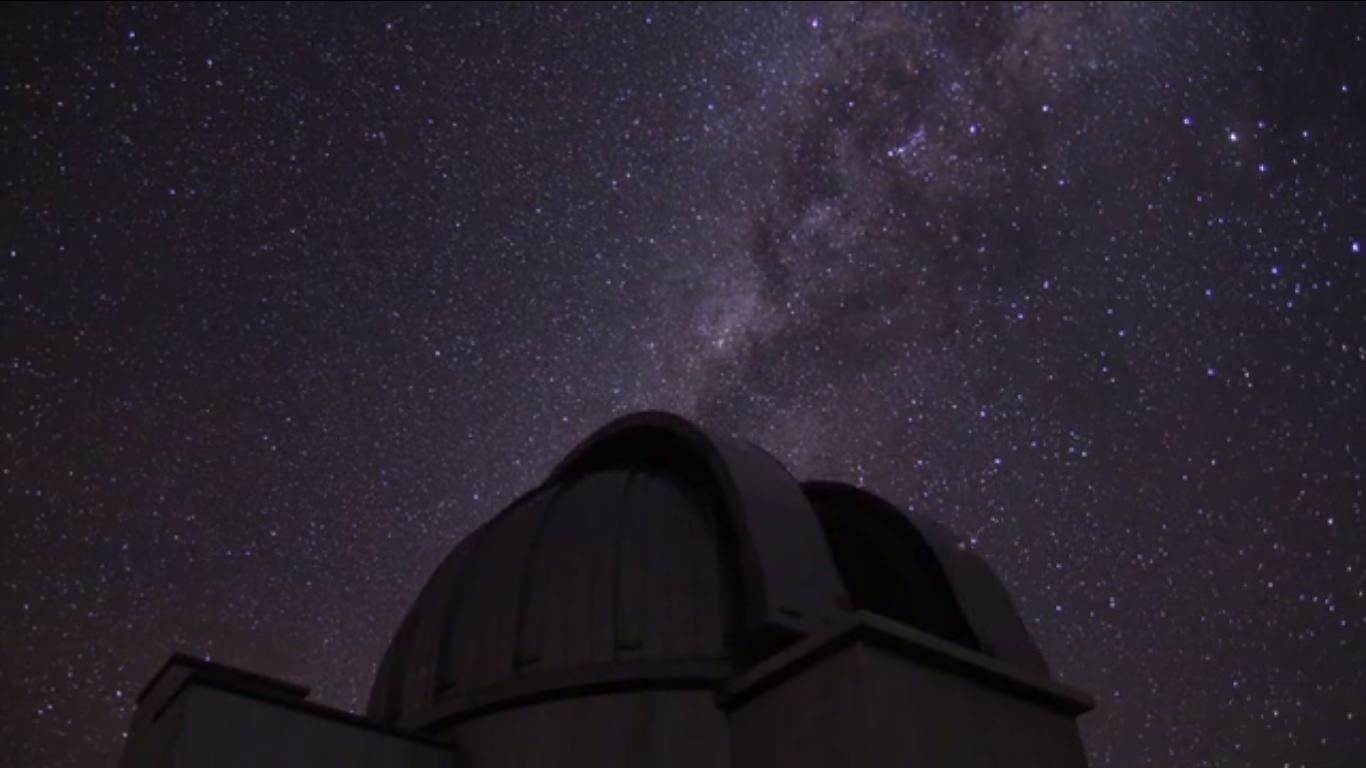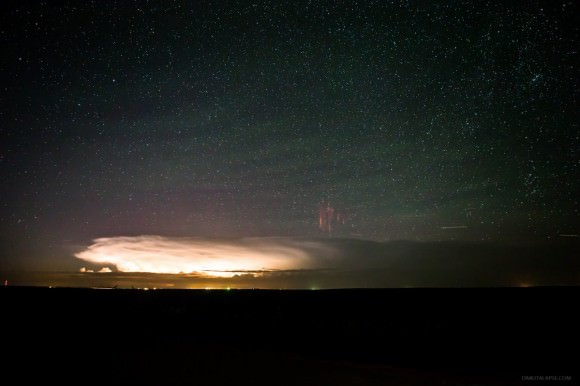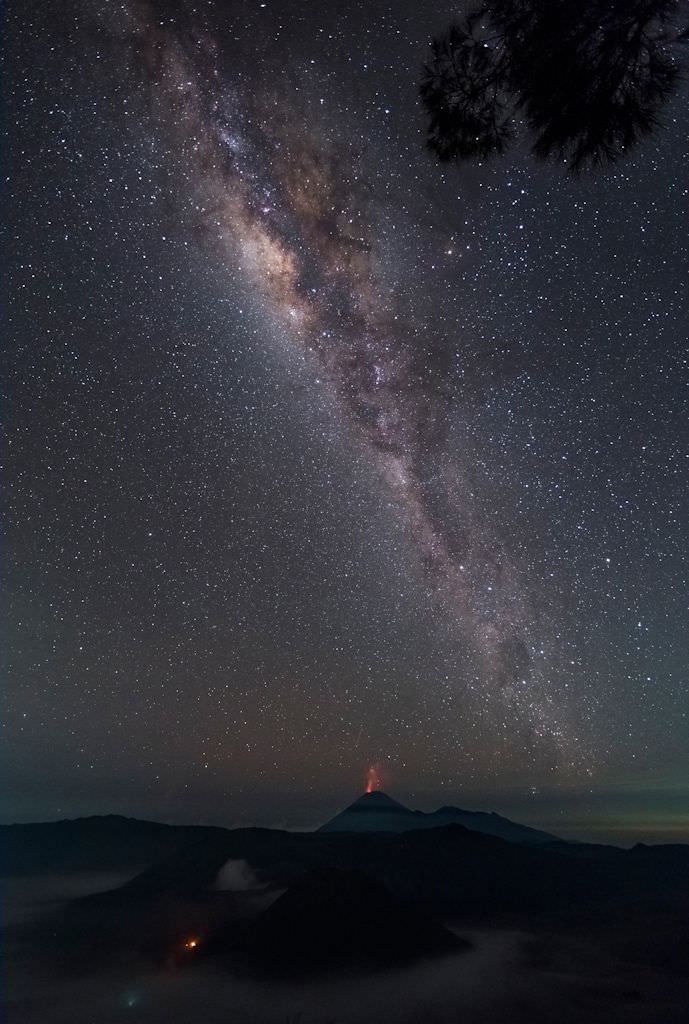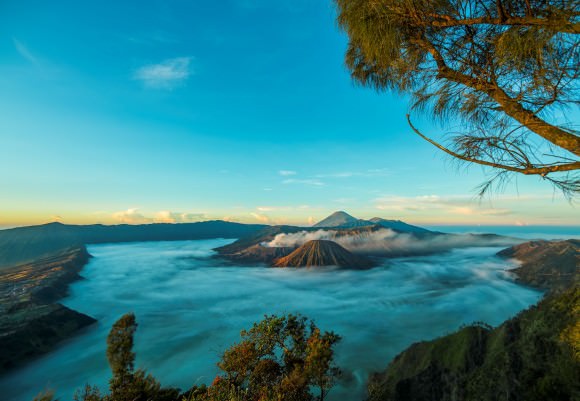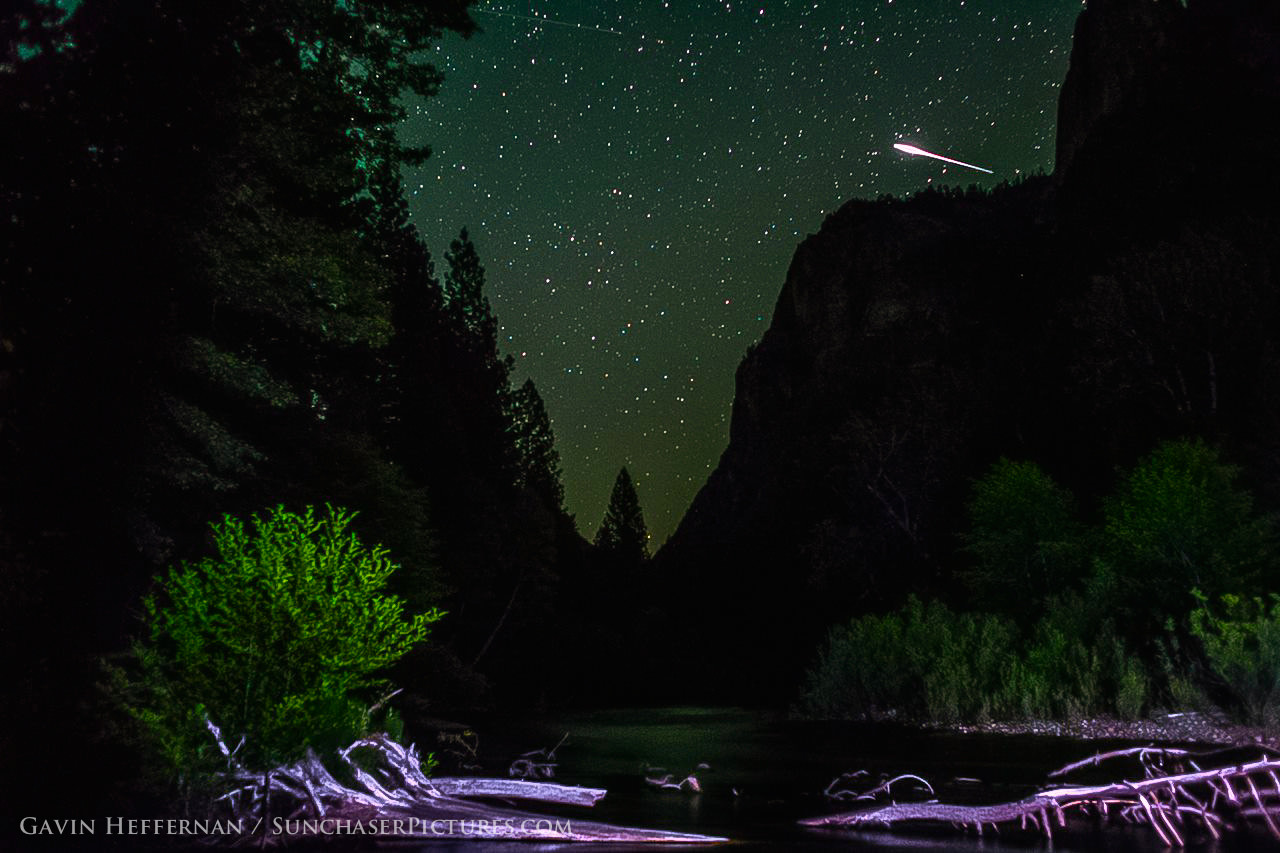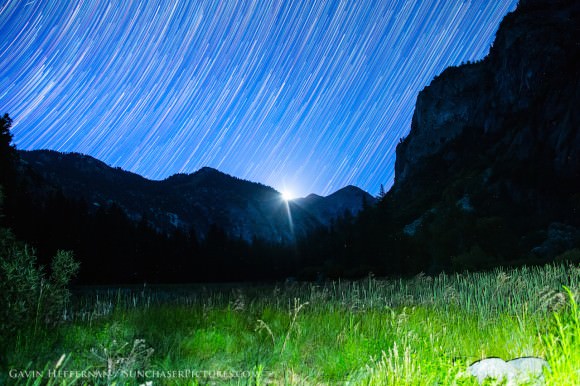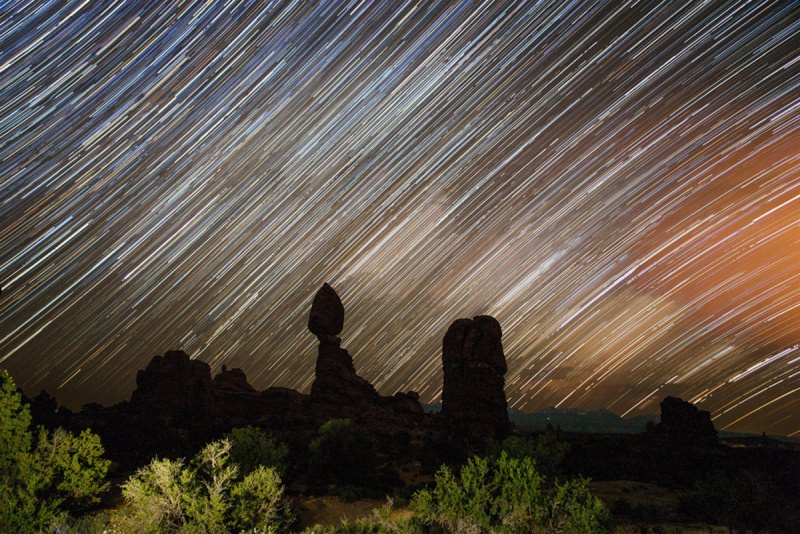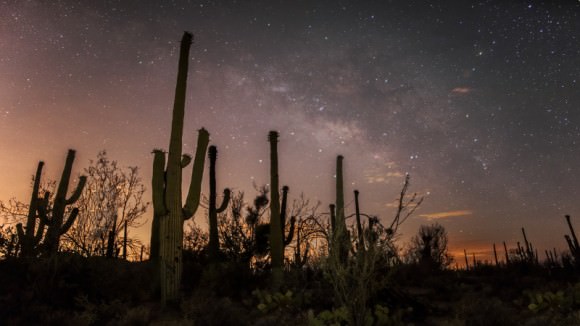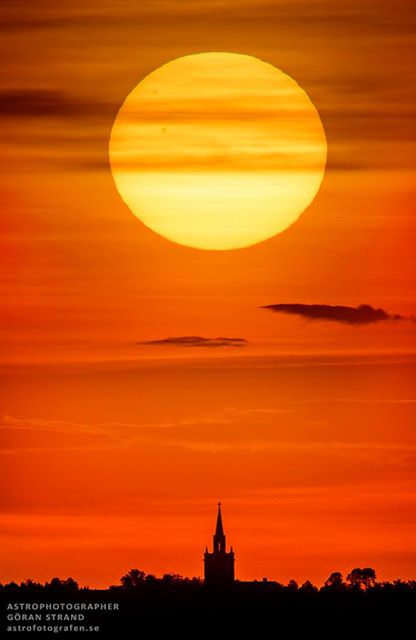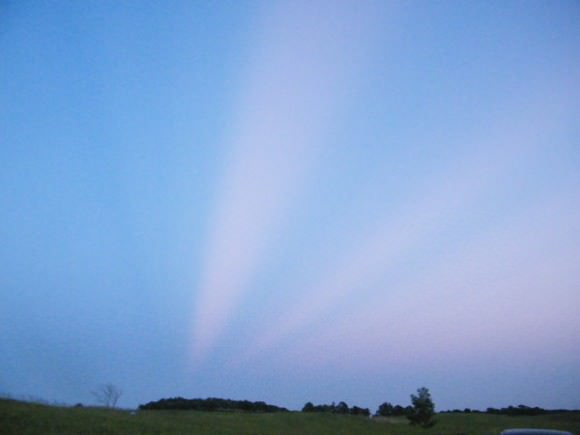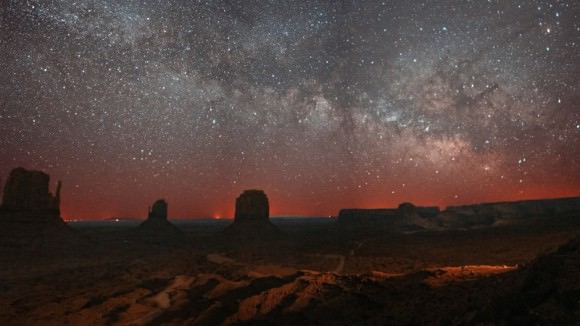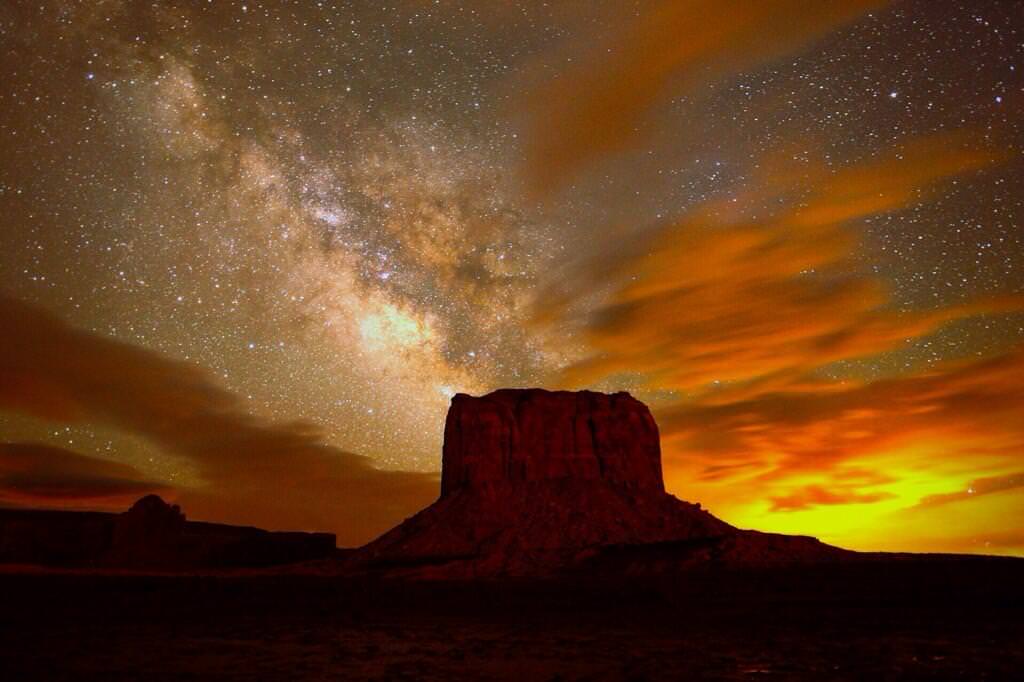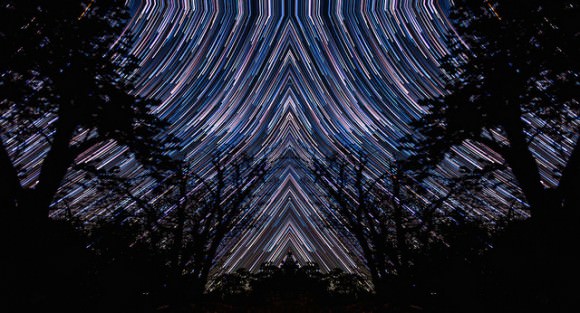Yes, it’s another time-lapse video made from photos taken by astronauts aboard the ISS. Yes, it’s been digitally remastered, smoothed-over, and set to a dramatic technopop soundtrack. But no, it’s still not boring because our planet is beautiful and spaceflight is and always will be absolutely fascinating.
There. I said it.
The video above “Astronaut – a Journey to Space” is everything that I just mentioned and was compiled and edited by photographer and video artist Guillaume Juin. The original images were gathered from Johnson Space Center’s Gateway to Astronaut Photography of Earth site, and were captured during ISS missions from 2011 to 2014. Aforementioned dramatic technopop music is by Vincent Tone. Watch it above, or for maximum impact watch it full-screen. (I strongly advise the latter.) Enjoy!
HT to Sploid and fellow EFT-1 NASA Social participant Ailyn Marie for bringing this to my attention.

